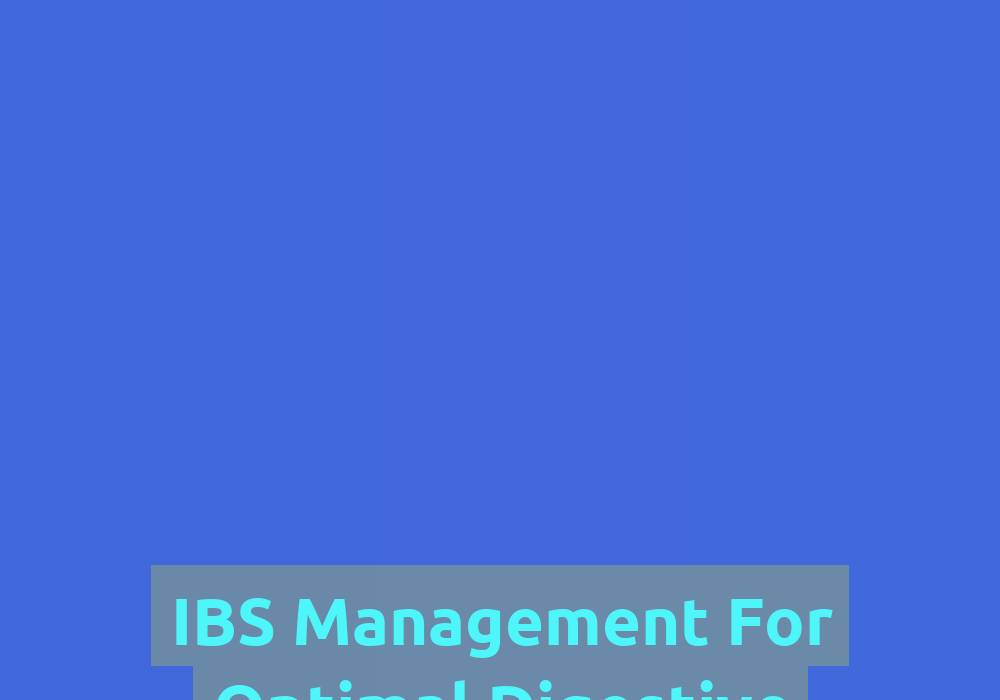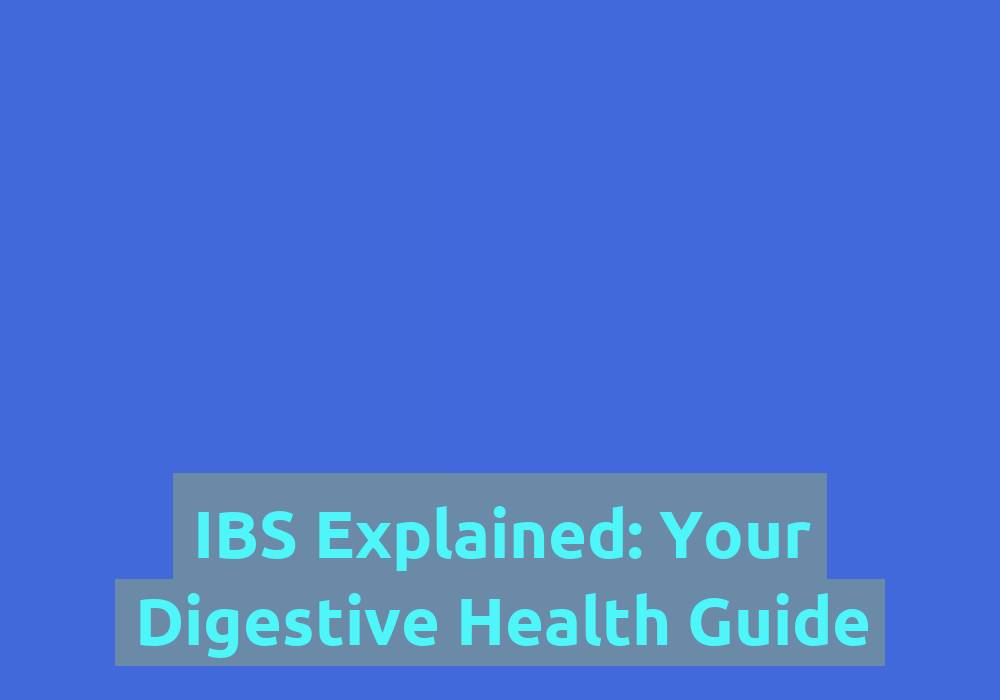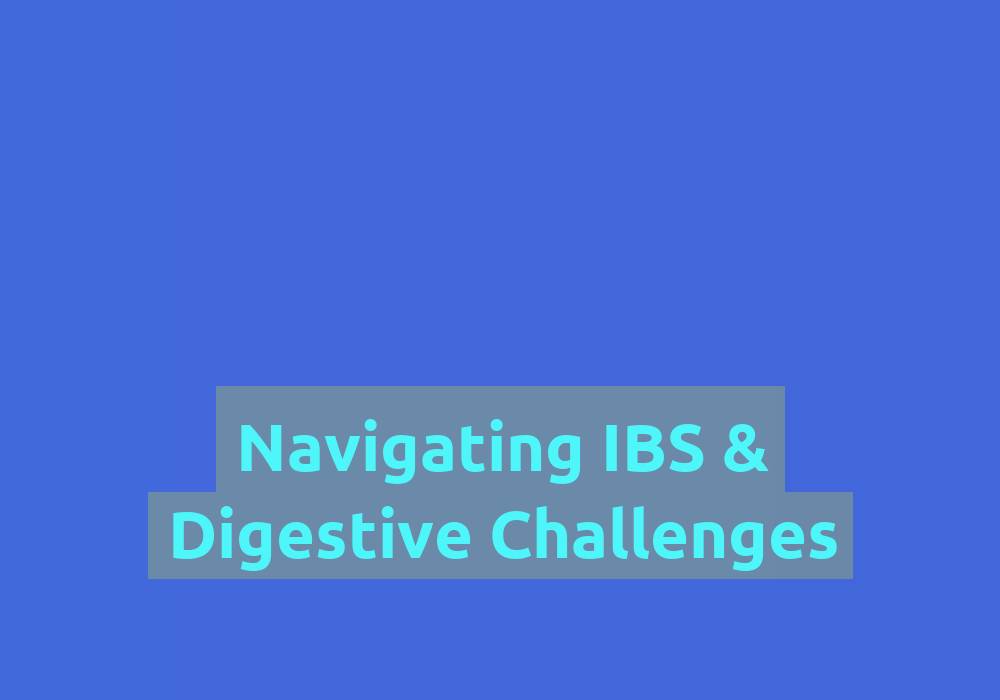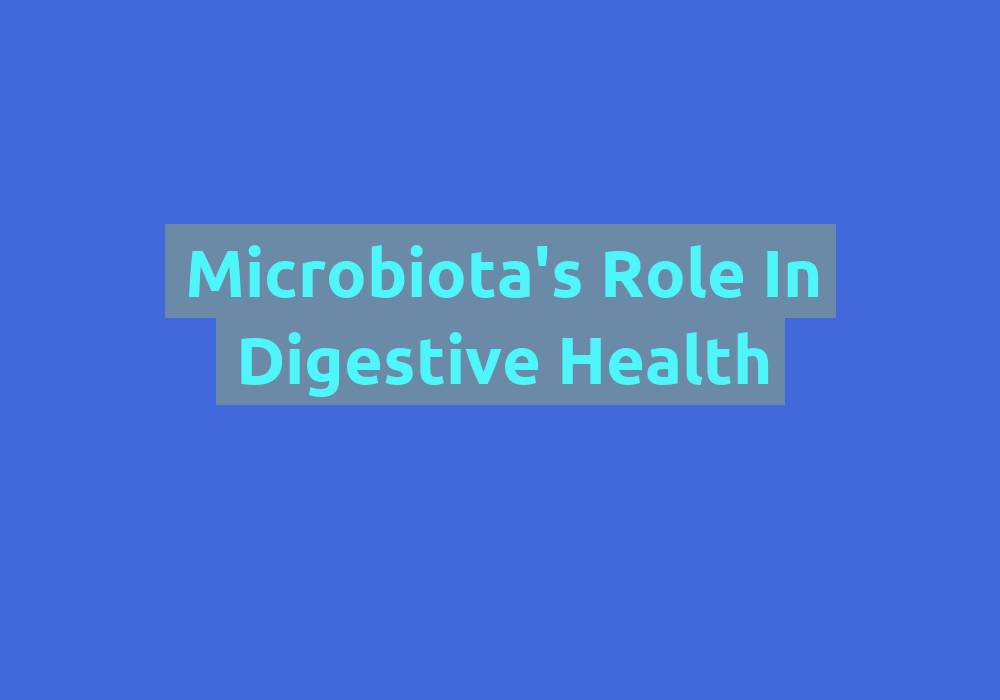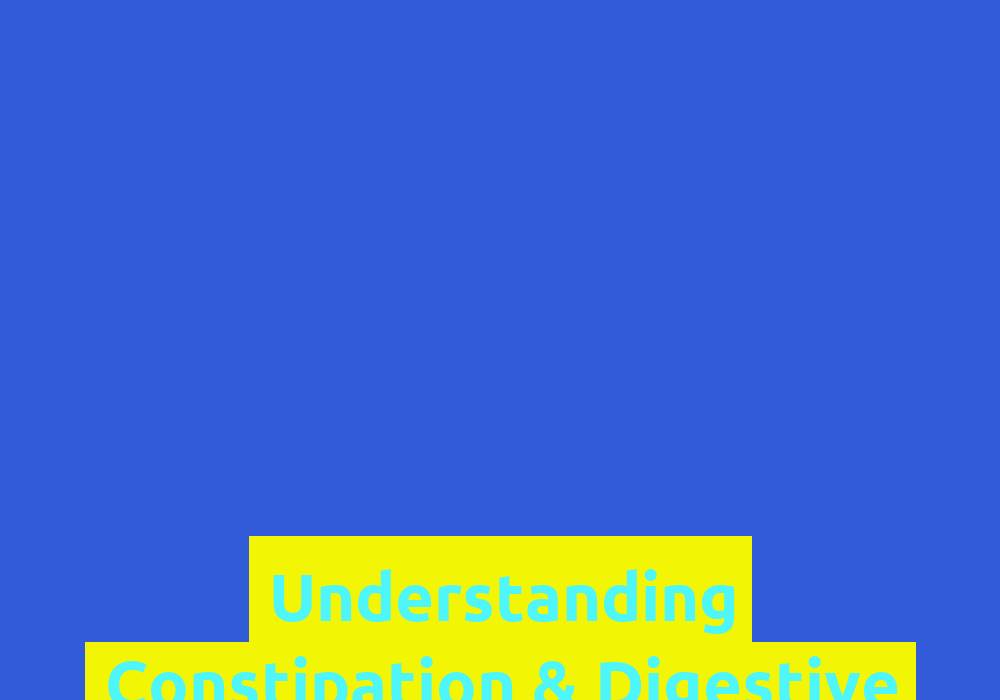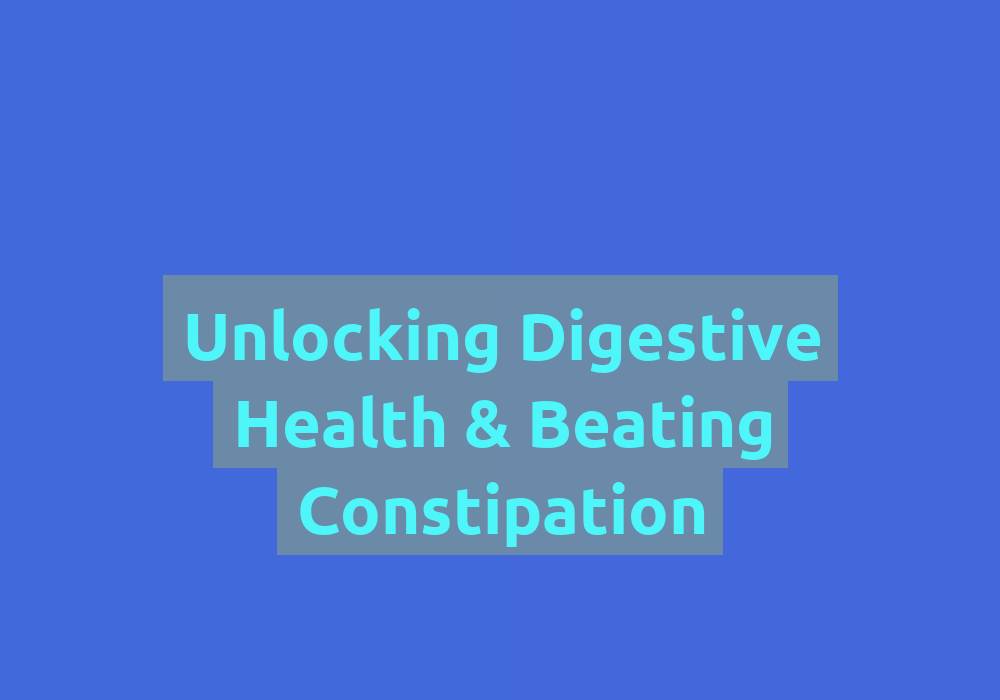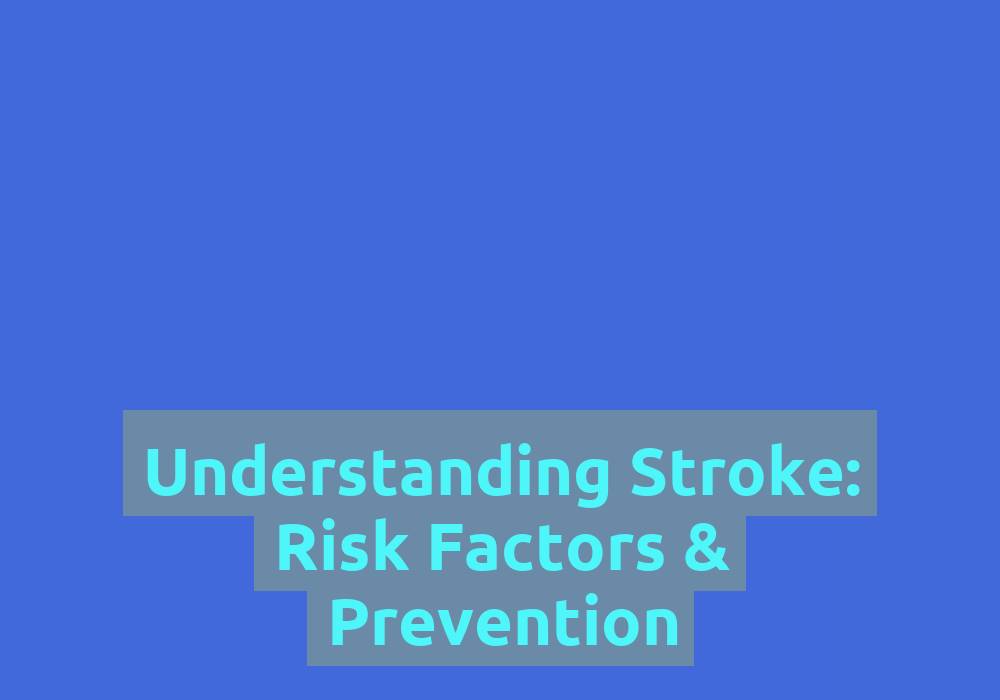Healing Peptic Ulcers: Steps to Wellness

A peptic ulcer is a painful condition that occurs when open sores develop on the lining of the stomach or upper small intestine. These ulcers can cause discomfort, pain, and even serious complications if left untreated. However, with the right approach and lifestyle changes, it is possible to heal peptic ulcers and promote overall wellness. In this article, we will discuss various steps and strategies to help you on your journey to recovery.
Understanding Peptic Ulcers
Peptic ulcers are primarily caused by a bacterial infection known as Helicobacter pylori (H. pylori) or long-term use of nonsteroidal anti-inflammatory drugs (NSAIDs) such as aspirin or ibuprofen. Other contributing factors include smoking, excessive alcohol consumption, and high levels of stress.
Peptic ulcers can present various symptoms, including abdominal pain, bloating, heartburn, nausea, and vomiting. If you experience any of these symptoms, it is essential to consult a healthcare professional for an accurate diagnosis and appropriate treatment.
Causes of Peptic Ulcers
Peptic ulcers can be caused by two main factors:
-
Helicobacter pylori (H. pylori) Infection: This bacterial infection is the most common cause of peptic ulcers. H. pylori can weaken the protective lining of the stomach and small intestine, making it more susceptible to damage from stomach acid.
-
Nonsteroidal Anti-inflammatory Drugs (NSAIDs): Prolonged use of NSAIDs like aspirin or ibuprofen can also lead to peptic ulcers. These medications can irritate the stomach lining and interfere with its ability to protect itself from acid.
Risk Factors and Symptoms
Certain risk factors increase the likelihood of developing peptic ulcers. These include:
-
Smoking: Smoking can increase stomach acid production and decrease the stomach’s ability to heal.
-
Excessive Alcohol Consumption: Alcohol can irritate the stomach lining and contribute to the development of ulcers.
-
High Levels of Stress: Chronic stress can worsen ulcer symptoms and delay the healing process.
Common symptoms of peptic ulcers include:
-
Abdominal pain: A burning or gnawing pain in the stomach, usually between meals or at night.
-
Bloating: Feeling full or bloated after eating, often accompanied by belching or flatulence.
-
Heartburn: A burning sensation in the chest or throat, usually after eating or while lying down.
-
Nausea and Vomiting: Feeling nauseous or experiencing vomiting, especially after meals.
If you experience any of these symptoms, it is important to consult a healthcare professional for a proper diagnosis.
Step 1: Consult a Healthcare Professional
When dealing with peptic ulcers, it is crucial to seek professional medical advice. A healthcare professional will conduct a thorough examination and may recommend diagnostic tests, such as endoscopy, to confirm the presence of ulcers and identify the underlying cause. Once diagnosed, they will create a tailored treatment plan based on your specific needs.
Importance of Medical Consultation
Consulting a healthcare professional is vital for several reasons:
-
Accurate Diagnosis: Peptic ulcers share symptoms with other digestive conditions, so a proper diagnosis is essential for effective treatment.
-
Identifying the Underlying Cause: Determining whether the ulcer is caused by H. pylori infection or NSAIDs helps guide the treatment approach.
-
Customized Treatment Plan: Healthcare professionals will develop a personalized treatment plan that suits your specific condition, taking into account factors like the severity of the ulcer and your medical history.
Step 2: Medications for Ulcer Healing
If H. pylori is the cause of your peptic ulcer, your healthcare professional may prescribe a combination of antibiotics to eradicate the infection. Additionally, acid-suppressing medications such as proton pump inhibitors (PPIs) or H2 blockers may be prescribed to reduce stomach acid production and promote healing.
Antibiotics for H. pylori Infection
The prescribed antibiotics will target the H. pylori bacteria and help eliminate the infection. These antibiotics may include:
- Amoxicillin
- Clarithromycin
- Metronidazole
- Tetracycline
It is crucial to follow the prescribed medications and complete the full course, even if symptoms improve before finishing the treatment. Failure to complete the medication regimen may result in a reoccurrence of the infection or delayed healing.
Acid-Suppressing Medications
Acid-suppressing medications can help alleviate symptoms and promote ulcer healing by reducing stomach acid production. The two main types of acid-suppressing medications are:
-
Proton Pump Inhibitors (PPIs): PPIs, such as omeprazole and esomeprazole, work by blocking the production of stomach acid. They are highly effective in reducing acid levels and allowing the ulcer to heal.
-
H2 Blockers: H2 blockers, like ranitidine and famotidine, reduce the amount of acid produced by the stomach, providing relief from ulcer symptoms and aiding in the healing process.
These medications should be taken as directed by your healthcare professional to achieve the best possible results.
Step 3: Adopt a Healthy Diet
Diet plays a vital role in managing and healing peptic ulcers. Follow these dietary guidelines to promote healing and reduce discomfort:
-
Avoid Trigger Foods: Certain foods can exacerbate ulcer symptoms. These may include spicy foods, citrus fruits, tomatoes, chocolate, caffeine, and alcohol. Identify your trigger foods and eliminate them from your diet.
-
Eat Small, Frequent Meals: Instead of having three large meals, opt for smaller, more frequent meals throughout the day. This approach helps reduce stomach acid production and eases digestion.
-
Emphasize Whole Grains and Fiber: Include whole grains, such as brown rice and whole wheat bread, in your diet. Fiber-rich foods like fruits, vegetables, and legumes can also aid in digestion and promote overall gut health.
-
Choose Lean Proteins: Opt for lean sources of protein like skinless poultry, fish, tofu, and legumes. These options are less likely to irritate the stomach lining.
-
Limit Fatty and Fried Foods: High-fat foods can increase stomach acid production and delay ulcer healing. Minimize your intake of fried foods, fatty cuts of meat, and full-fat dairy products.
-
Stay Hydrated: Drink plenty of water throughout the day to maintain optimal hydration and support healthy digestion.
Importance of a Healthy Diet
A healthy diet is crucial for peptic ulcer healing due to the following reasons:
-
Promotes Healing: Nutrient-rich foods provide the necessary building blocks for the body to repair the damaged stomach lining.
-
Reduces Acid Production: Certain foods can trigger excess acid production, worsening ulcer symptoms. Avoiding these foods helps alleviate discomfort and promotes healing.
-
Supports Digestive Health: Fiber-rich foods aid in digestion and promote a healthy gut, reducing the risk of complications and improving overall well-being.
Step 4: Stress Management
Chronic stress can worsen peptic ulcer symptoms and delay healing. It is crucial to incorporate stress management techniques into your daily routine. Consider the following strategies:
-
Practice Relaxation Techniques: Engage in activities that help you relax and reduce stress, such as deep breathing exercises, meditation, yoga, or tai chi.
-
Exercise Regularly: Physical activity releases endorphins, which help reduce stress levels. Incorporate moderate exercises like walking, swimming, or cycling into your routine.
-
Get Adequate Sleep: Aim for seven to eight hours of quality sleep each night. Establish a consistent bedtime routine and create a sleep-friendly environment.
-
Seek Support: Share your concerns and worries with trusted friends, family, or a support group. Talking about your feelings can alleviate stress and provide emotional support.
The Link Between Stress and Peptic Ulcers
Stress does not directly cause peptic ulcers, but it can exacerbate symptoms and delay the healing process. When under stress, the body produces more stomach acid, which can irritate the ulcer and worsen discomfort. By managing stress effectively, you can reduce acid production and promote healing.
Step 5: Avoid Smoking and Alcohol
Smoking and excessive alcohol consumption can significantly aggravate peptic ulcers and hinder healing. Both substances increase stomach acid production and can irritate the already inflamed stomach lining. Quitting smoking and limiting alcohol intake are crucial steps toward recovery and overall wellness.
Impact of Smoking and Alcohol on Peptic Ulcers
-
Smoking: Smoking damages the stomach lining, impairs blood flow to the stomach, and increases acid production. All these factors can worsen ulcer symptoms and hinder the healing process.
-
Alcohol: Alcohol is known to irritate the stomach lining and increase stomach acid production. It can also interfere with the effectiveness of medications used to treat peptic ulcers.
By avoiding smoking and reducing alcohol consumption, you give your body the best chance to heal and prevent further complications.
Step 6: Follow-up with Healthcare Professional
Regular follow-up appointments with your healthcare professional are essential to monitor your progress and make any necessary adjustments to your treatment plan. They can assess the healing process through additional tests and provide guidance on how to prevent future ulcers.
Importance of Follow-up Appointments
Regular follow-up appointments are crucial for the following reasons:
-
Monitoring Progress: Follow-up appointments allow healthcare professionals to track the healing process and make any necessary adjustments to your treatment plan.
-
Preventing Future Ulcers: Healthcare professionals can provide guidance on lifestyle changes and preventive measures to minimize the risk of developing new ulcers in the future.
-
Addressing Concerns: Follow-up appointments provide an opportunity to discuss any concerns or questions you may have, ensuring that you receive the necessary support throughout the healing process.
In conclusion, healing peptic ulcers requires a comprehensive approach that includes medical treatment, dietary adjustments, stress management, and lifestyle changes. By following these steps and working closely with healthcare professionals, you can promote healing, alleviate symptoms, and improve your overall well-being. Remember, consistency and commitment to the healing process are key to a successful recovery.
- What are the main causes of peptic ulcers?
- Peptic ulcers can be caused by a bacterial infection known as H. pylori or long-term use of NSAIDs like aspirin or ibuprofen.
- What are the common symptoms of peptic ulcers?
- Common symptoms of peptic ulcers include abdominal pain, bloating, heartburn, and nausea/vomiting.
- Why is it important to consult a healthcare professional for peptic ulcers?
- Consulting a healthcare professional is important for accurate diagnosis, identifying the underlying cause, and creating a customized treatment plan.
- What lifestyle changes can help heal peptic ulcers?
- Adopting a healthy diet, managing stress, avoiding smoking and excessive alcohol consumption, and following up with healthcare professionals are important lifestyle changes for healing peptic ulcers.

